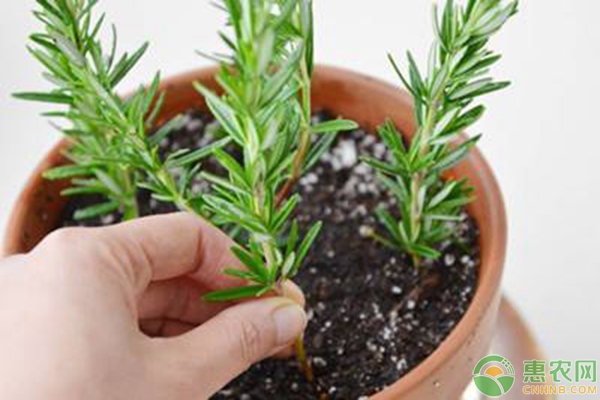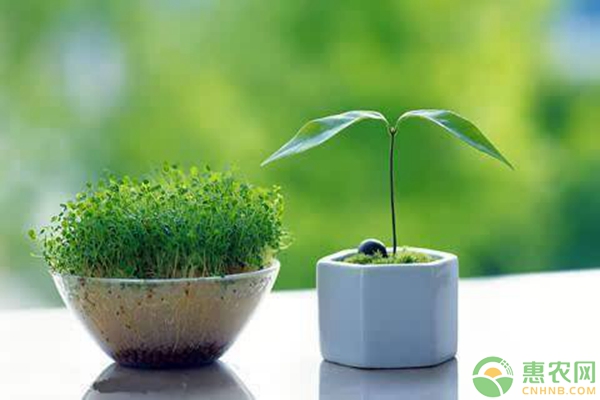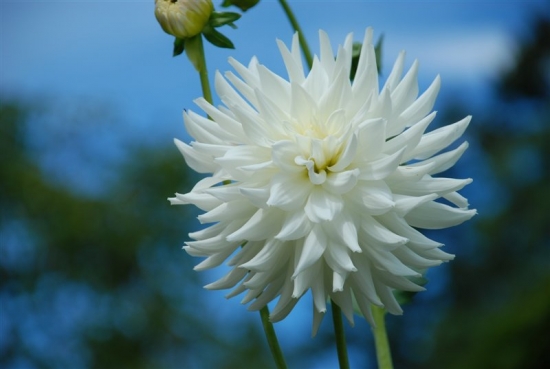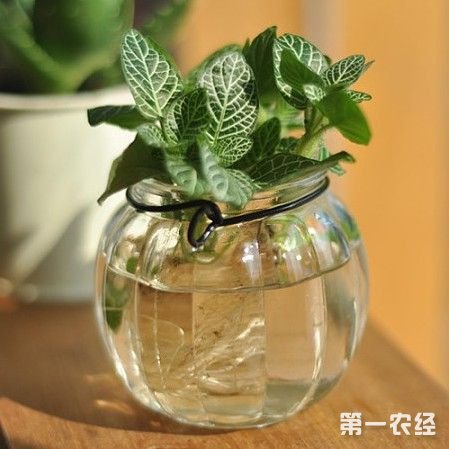Planting Technology Lists
-
How to propagate flowers by grafting?

Grafting is a method of propagating new plants by grafting a part of a plant onto another plant. The branches used for grafting are called scions, the buds used are called buds, the grafted plants are rootstocks, and the seedlings after grafting are grafted seedlings. When the scion germinates new branches and leaves, it indicates that the new individual is formed by cutting off the sprouting branches of the rootstock.
2019-03-07 -
How to strip and reproduce flowers?

Striping propagation is to peel the flower plant as a part of the mother plant, then pile soil or press the soil on the stem, cut it from the mother after rooting, and then plant it to become an independent plant. Choose the mature and robust branches with full buds on the matrix to act as
2019-03-07 -
How to propagate flowers by cutting?

The leaves of the plant are used for cutting treatment. If the leaves of African violets are planted in the soil or soaked in water, they can take root in the petiole. A method of cutting with a leaf bud attached to a leaf and a few stem cuttings. The stem can be cut off near the bud and grow longer under the bud, so that the growth is strong and the root is strong.
2019-03-07 -
How to sow and reproduce flowers?

Most of the sowing time is in spring and autumn, usually from February to April and from August to October in autumn. Annual flowers are mostly carried out from April to May in spring, and biennial flowers are mostly carried out from August to September in autumn. Most families use pot sowing, and if possible, they can also sow in the open field, on demand or strip sowing, and transplant after emergence.
2019-03-07 -
Which kinds of flower reproduction are there?

The methods of flower reproduction can be divided into four categories: sexual reproduction, asexual reproduction, unisexual reproduction and tissue culture reproduction. Sexual reproduction is also called seed reproduction. It is through the role of the female and male organs of the flower, that is, the combination of pollen and ovules to form seeds, which are used to reproduce. The roots of seedlings produced by seeds are strong.
2019-03-07 -
Why don't sweet-scented osmanthus trees bloom?

Why don't sweet-scented osmanthus trees bloom? The main reason for the failure of home-grown osmanthus to blossom: when ① was transplanted, too many roots were hurt, and the vitality was not fully restored, resulting in poor growth and no flowering. The soil planted in ② should be loose and acidic and should be planted in a high dry place with good drainage. If you plant it in low-lying areas,
2019-03-06 -
What tree can be grafted with sweet-scented osmanthus

What kind of tree can be grafted sweet-scented osmanthus? the rootstocks that can be used to graft sweet-scented osmanthus are lobular privet, big-leaf privet, water wax, white wax and sweet-scented osmanthus sowing seedlings or cutting seedlings and so on. (1) leaflet privet: deciduous or semi-evergreen shrub, 2-3 m tall, branches scattered branchlets pubescent
2019-03-06 -
Cutting technique of Osmanthus fragrans

Sweet-scented osmanthus tree cutting technology, cutting has the advantages of easy material acquisition, simple operation, saving propagation materials, high propagation coefficient and so on, and the survival rate can reach more than 80%. Sweet-scented osmanthus tree insert bed preparation, insert bed should choose a higher terrain, good drainage, near the water source. The seedbed is 1 meter wide and unlimited in length.
2019-03-06 -
How to raise potted Osmanthus fragrans

How to raise potted osmanthus? Potted sweet-scented osmanthus pot soil requires loose and fertile, good drainage. Generally, 50% rotten leaf soil, 40% garden soil and 10% rice chaff ash are mixed and used, and a pruning is needed after flowering in autumn. When pruning, according to the growth potential of the plant, the overdense branches should be thinned properly.
2019-03-06 -
Planting techniques of potted plants

Potted plant planting techniques: 1. Guidelines in order to save time and energy, it is best to use a large flowerpot with a diameter of 30 cm and a height of 25 cm. The larger the flowerpot, the less frequent watering: the deeper the flowerpot, the more room there is for the roots to grow, and the easier it is for plants to grow well. Before planting
2019-03-06
